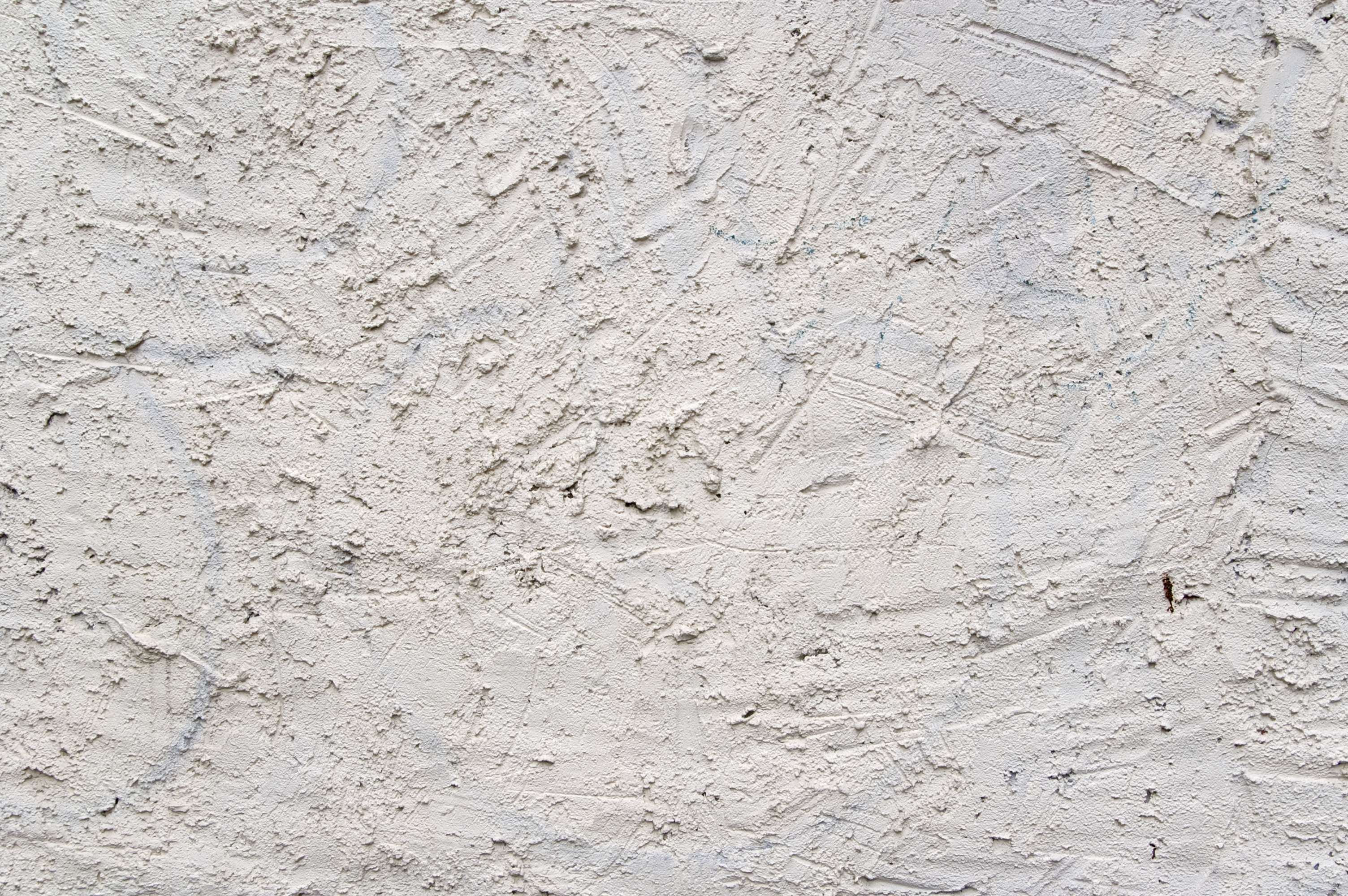
Apart from that, the vinyl wallpaper needs to be replaced or removed, then plaster that area. Otherwise, the surface will not become ideal for applying the plaster, and it won’t stick to the vinyl wallpaper. You cannot use plaster directly over the vinyl wallpaper you must use the paper wallpaper and apply the plaster over it.

Therefore, using sandpaper and removing the lining wallpaper would be an excellent way to plaster over the lining wallpaper. You won’t get the desired or expected adhesiveness from the applied plaster due to the lining wallpaper or its not sticky surface. If you plaster over the lining wallpaper, it will come off and be broken too. Otherwise, the plaster won’t stick to the old wallpaper. You cannot even think of using sandpaper and preparing the wall to make it adhesive. However, removing old wallpaper would be a challenging task. You need to remove the wallpaper first and then apply the plaster. You cannot plaster directly over the old wallpaper. You cannot plaster over the anaglypta wallpaper without applying the skimmer or removing it. You can also remove the wallpaper to prepare it for better adhesiveness otherwise, the application won’t stick to the anaglypta wallpaper. You need to apply the skimmer over the anaglypta wallpaper before applying the plaster. Then, it will be ready to apply the plaster over that surface, and it will stick to that area. Therefore, you must remove the woodchip wallpaper from the wall first. The plaster won’t stick to the surface and will become a mess indeed. You cannot plaster over the woodchip wallpaper. You must have a tacky surface to apply and let the plaster stick to the surface. They are very dry and cannot be used for applying plastic. Scoring and perforating the paper is necessary when removing old wallpaper, as it enables the moisture to reach the glue, allowing you to remove the paper in strips for a cleaner process.Different wallpaper types are used to decorate the finished walls.
#Plaster wall paper how to#
How to Remove Old Wallpaper from Plaster Walls by Scoring Cover the outlet with tape to protect it from drips until you finish the job. Gather items such as a scraper, putty knife, utility knife, bucket, spray bottle, steamer, removal solution, and drop cloth before you start to take off wallpaper.Ĭlear the side of the room where you intend to work and tape a drop cloth or newspaper along the floor and use painter’s tape to secure it to the baseboards. Having everything ready makes the task go a lot faster. Once you figure out your wallpaper situation, it’s time to find the right materials. Do you see the plaster wall or more paper? The more layers there are, the harder the job is. Peel away a small section to see what is behind it. Learn how to take off a wallpaper border that is on top of another layer of wallpaper. The second step is to check if there is more than one layer of wallpaper. But if it tears, it’s probably porous or non-porous. Try and peel an edge of the paper, and if it peels easily, it is dry-strippable.

The first step to follow when you need to remove wallpaper from drywall is to determine which type of wallpaper is on your walls. There are certain steps to take before removing wallpaper from plaster, and preparing ahead of time makes the entire chore faster, more efficient, and less messy. Simply walking into the room and ripping the paper off the wall is the worst way to go about removing old wallpaper. Steps to Take before Removing Wallpaper from Plaster While it seems as if the old wallpaper is the only thing holding the wall together, there are ways to remove the paper carefully to make the task more manageable and almost headache-free. You may not want to tackle cleaning soot off walls either. If it is more trouble to clean nicotine off wallpaper or you have several areas that are peeling, removal may be the best course.



 0 kommentar(er)
0 kommentar(er)
